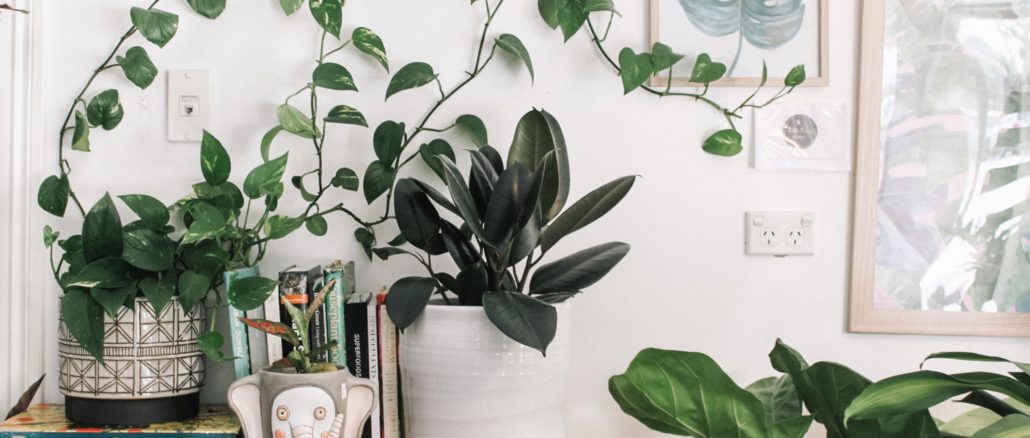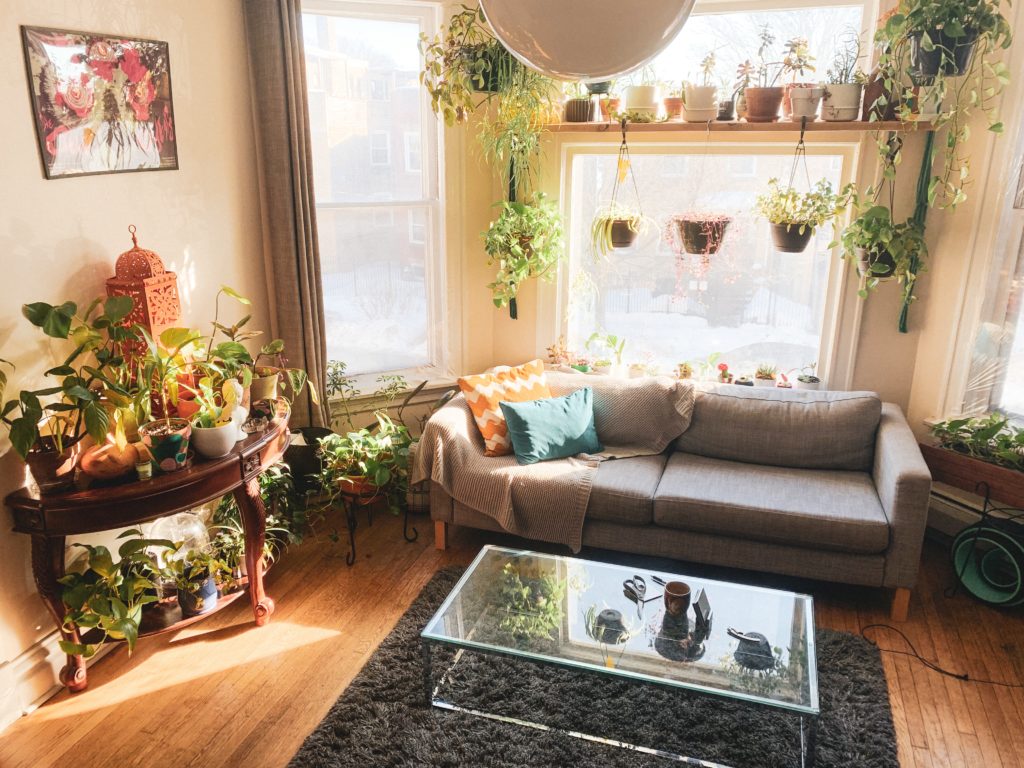
Support Northern Colorado Journalism
Show your support for North Forty News by helping us produce more content. It's a kind and simple gesture that will help us continue to bring more content to you.
BONUS - Donors get a link in their receipt to sign up for our once-per-week instant text messaging alert. Get your e-copy of North Forty News the moment it is released!
Click to DonateDo you have plans to grow plants out of the comfort of your home? You’re not alone. Many people harbor intentions of planting and taking care of greeneries in their house but have put it off because they believe it may be too much of a hassle. But growing plants in-house is a relatively cheap and easy procedure, and today we’re going to discuss the step-by-step process involved in growing and maintaining your plants. They include;
-
Choose a container
Seed-starring should be spotless and measure at least 2-3 inches in depth with drainage holes drilled at appropriate areas. You may use cell packs, plastic pots, peat pots, or even eggshells, as long as they are clean (try soaking in a 9:1 water and household bleach for 10 minutes). You don’t need to invest a lot of money right away in seed-starting kits, and remember, flats and pots take up considerable space in a room, so make sure there is enough sunny space for your seedlings to start.
-
Begin with quality soil
Don’t start growing your seedlings with garden soil. It’s too heavy and contains weed seeds and probably disease organisms. Instead, opt for sterile, seed-starting mix or potting soil, readily available at nurseries and garden centers. Wet the soil with some warm water before filling up the seed-starting containers.
-
Plant at the appropriate depth
There is a proper planting depth indicated on the seed packet, but the rule of thumb usually covers seeds with a ratio of soil to a thickness of 3:1. Some seeds, including certain snapdragons and lettuces, require adequate light to germinate; thus, they should rest on the soil’s surface. After sowing your seeds, gently tap and use a spray bottle to wet the soil again.
-
Provide adequate light
Insufficient light leads to tall, leggy seedlings that struggle after transplanting. In winter, stocky seedlings can be grown in bright south-facing windows, although this will not be sufficient farther north. Seedlings typically require 14-16 hours of direct light daily and using an energy-efficient grow light from growlightinfo.com/best-led-grow-lights/ would be ideal for lighting. These high-tech LED lights are calibrated specifically for growing plants and are a super-efficient, earth-friendly supplement to natural sunlight.
-
Water judiciously
Avoid soft water. Ensure to use room-temperature distilled water. If the water is chlorinated, allow it to sit overnight, this lets the chlorine dissipate. You must keep the soil consistently moist and be careful to avoid overwatering as it promotes diseases that can kill seedlings. Always ensure that you don’t miss a watering and let seedlings dry out; that’s equivalent to killing them.
-
Maintain consistent moisture
Pre-germination, ensure to cover your container to help trap moisture inside. Seed-starting kits usually come with a designated plastic cover. You can also use a plastic bag, but it has to be supported so it doesn’t lay flat on the soil. As soon as seeds sprout, remover covers, and once seedlings start growing, gradually reduce watering, so the soil partially dries.
-
Keep the soil warm
Seeds require warm soil to germinate. Too cold soils slow or stunt their growth as most seeds germinate at around 78°F. To regulate temperature, you can purchase waterproof heating mats designed especially for germinating seeds, or you can place seed trays on a refrigerator or some other warm appliance till seeds sprout.

-
Apply fertilizer
After your seedlings develop their second set of true leaves, you can start feeding them a half-strength liquid fertilizer every week. Apply it gently so seedlings don’t dislodge from the soil, and after a month, you can start applying full-strength liquid fertilizer weekly until transplanting.
-
Properly circulate the air
Circulating the air prevents diseases and encourages the development of strong stems. Place a gentle fan near seedlings to create air movement and ensure to locate it an appropriate distance away from the seedlings to avoid directly blasting them.
-
Harden off seedlings before transplanting
Before you transport your seedlings outdoors, they need to get accustomed to the new, much harsher environment. This process is called hardening off, a procedure to help them acclimatize to the new surroundings.
Planting and growing seedlings is an easy and simple activity that many consider a hobby, for good reason. Starting out as a newbie can be daunting, especially if you don’t know how to keep your plants alive through the harsh seasons. However, the tips shared in this post will keep you on track. Take it one day at a time and remember, seeing your seeds grow up to produce leaves, flowers, and even fruit is a very satisfying feeling.
